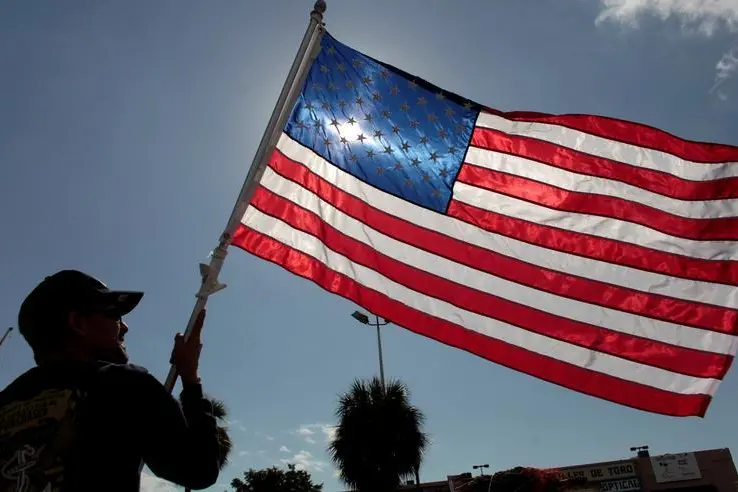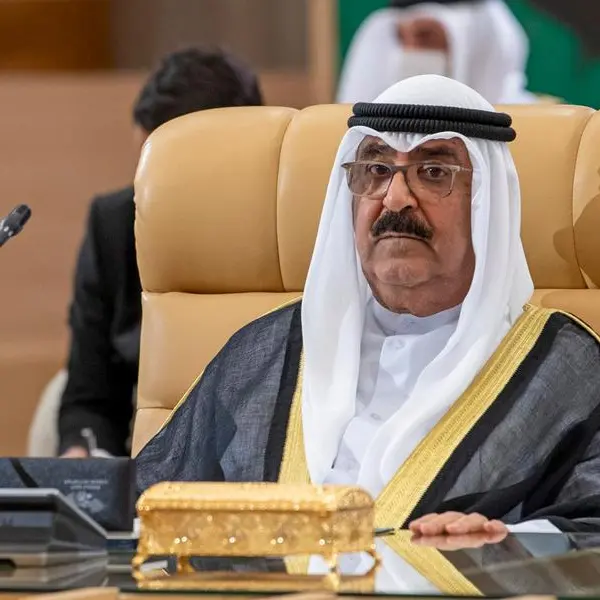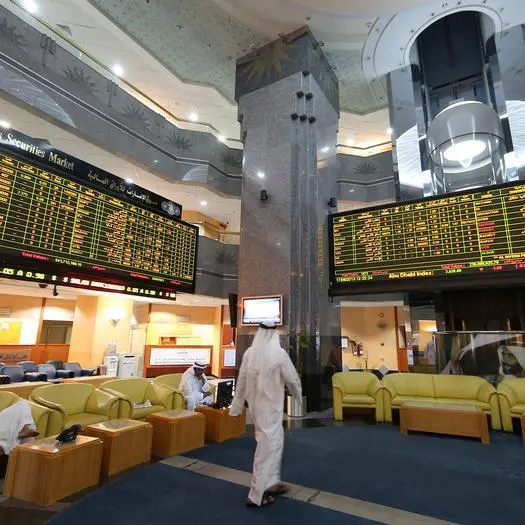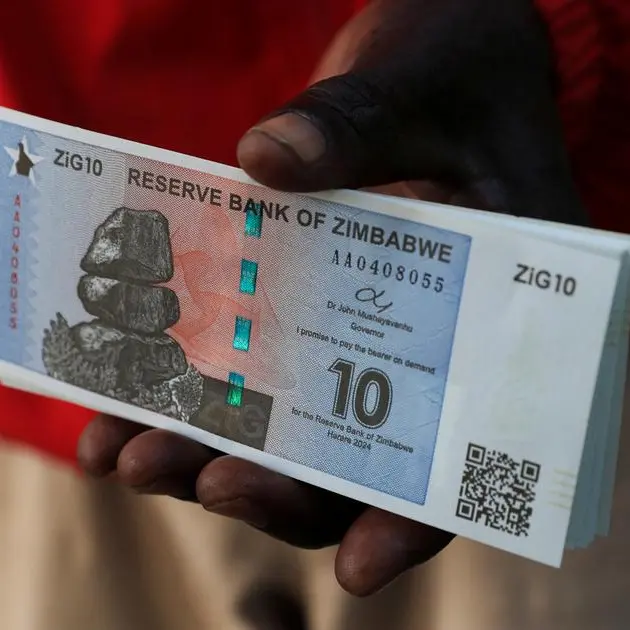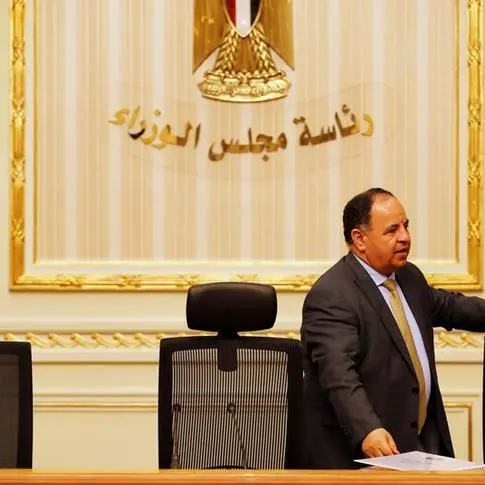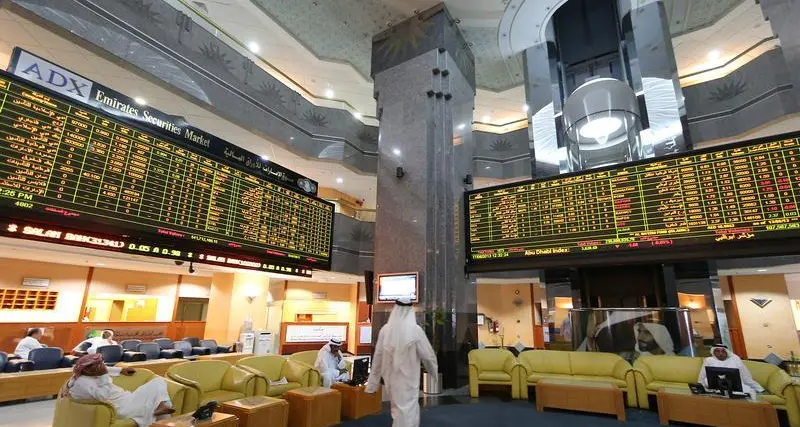PHOTO
There is one corner of the Arab world that will forever embody a different kind of Arab-US relations. Ras Beirut is the home of two universities that were originally established by American missionaries and which represent more than two centuries of interaction between American and Arab societies.
Whatever crisis exists in their current relations stems from the dealings of politicians and states, with both societies having to live with the consequences. But these problems are relatively new and barely date from the end of the Second World War, after which the US emerged as a global superpower.
The relationship that stems from the missionaries is more organic and deep-rooted — a people-to-people connection that predates state involvement and came during the formative years of both societies. America was a very different place 200 years ago; a nation in search of itself just over 40 years on from its war of independence. The missionaries found an Ottoman world in decline, with the Greek revolt of 1821 signaling the beginning of the end of that empire, which would eventually be replaced by nation states and new identities. It was an interaction of two cultures in transition.
Young puritans, both men and women, came from a New England that was undergoing a religious revival. They represented a minority of ardent evangelists waging internal battles at home with liberal republicans and with other less zealous denominations. What they brought was a conviction that everyone else in the world shared the same aspirations and beliefs once they understood them properly. What they learned from us in the region was that this was not necessarily true, and that people with different beliefs can still share common aspirations.
This was their first real encounter with Islam and with Eastern Christianity, the portrayal of which was a great influence on the way they defined themselves. Although they mostly failed in their mission to convert, they were themselves exposed to new concepts that they communicated back home. The interaction with a diverse population broadened their minds as they gained respect for other faiths and accepted their values. Many of these lessons are still relevant to liberal debates in America today.
This was a two-way exchange. The missionaries found a local appetite for the schools they set up and a curiosity for the ideas they were spreading. They also encountered hostilities from the established clergy, whose influence was threatened by their endeavors, but this competition also had a positive result in that they raced to establish rival establishments, which triggered an educational revival.
The caricature description of protestant missionaries as “sanctimonious prigs and smug ignoramuses clueless about other cultures” mellowed somewhat through that exchange. Their educational establishments sowed the seeds of what became known as the Arab Renaissance later in the 19th century and were at the root of the Arab nationalism seen in the 20th century. This was certainly a win-win scenario for both societies.
This outcome encouraged exponential growth, with students recruited from throughout the Arab world and parallel institutions created to emulate the original ones elsewhere. The scaling up of human relations was reinforced through immigration and the presence of corporations such as Aramco, which brought many Americans to the region. They became a network of Arabists that maintained the relations between the two cultures. If these institutions represent US soft power in the Arab world, then the networks of these institutions — their graduates in all walks of life — represent the region’s soft power in America.
During the First World War, this notion was reinforced by an initiative from New York called Near East Relief, which raised more than $30 million for the famine in Lebanon and for Armenian, Greek and Assyrian refugees. The King-Crane Commission after the First World War was seen as following the Wilsonian principle of self-determination and recommended it for the Arab region. In fact, Charles Crane, an American philanthropist who was involved in the commission, became the sponsor of many initiatives to promote Arab nationalism, including George Antonius’ book “The Arab Awakening” and the travel books of Ameen Rihani, which encouraged the image of a homogeneous Arab world.
The post-Second World War Point Four Program that promoted development in the broader region, including Turkey and Iran, contributed to a time when American influence was seen as a force for good, in sync with the way the US saw itself.
So what went wrong? That was the rosy picture and now comes the bad news. On balance, modern US policies in the region, be they in Palestine/Israel, Lebanon, Iraq, Syria, Yemen or Iran, have been catastrophic. America as a post-Second World War superpower is not the same country as before and it has different values. The impression now is that the US appeases its enemies and betrays its friends. But that is on the level of states; what is more serious is that there is a popular belief that the US is betraying its own values. In other words, there are expectations of support from America for the aspirations of the people of the region, but they are left mostly disappointed.
This includes policies since the so-called Arab Spring, where the US has been seen to turn a blind eye to crimes by the Syrian and Iranian regimes and their proxies. No one can really understand why the “red line” on the use of chemical weapons in Syria was not enforced and turned into a license to kill; or why Washington turned a blind eye to the Russian bombardment of cities like Aleppo and starvation sieges by Iranian proxies in support of the regime.
The expectation that the US would eventually support freedom over tyranny is best represented by the banners that people in the town of Kafranbel, in the Idlib province, posted on social media during the Syrian revolution. These were mostly addressed to the US in anticipation that it would protect the civilians from the Assad regime.
Since 2011, we have seen different demands in the region’s protests and a departure from the nationalistic tones that were always imposed by regime-driven mass demonstrations. Instead of supporting their leaders and burning American flags, the people of Iran, for example, are protesting against their leaders and avoiding the American and Israeli flags the authorities painted in the middle of the street for them to step on. It is not that they are pro-American as much as it is a message to the regimes that they can’t be manipulated anymore, and that they have demands.
So the good news for the future of American-Arab relations is that there is still faith among the new generation that the US has values that are compatible with their aspirations and that it will eventually do the right thing, if it is better informed. There is also a belief in the fundamental principle that all people, whatever their faith or racial origin, aspire to the same values and desire them for each other.
- Nadim Shehadi is executive director of the LAU Headquarters and Academic Center in New York and an associate fellow of Chatham House in London.
Copyright: Arab News © 2021 All rights reserved. Provided by SyndiGate Media Inc. (Syndigate.info).
